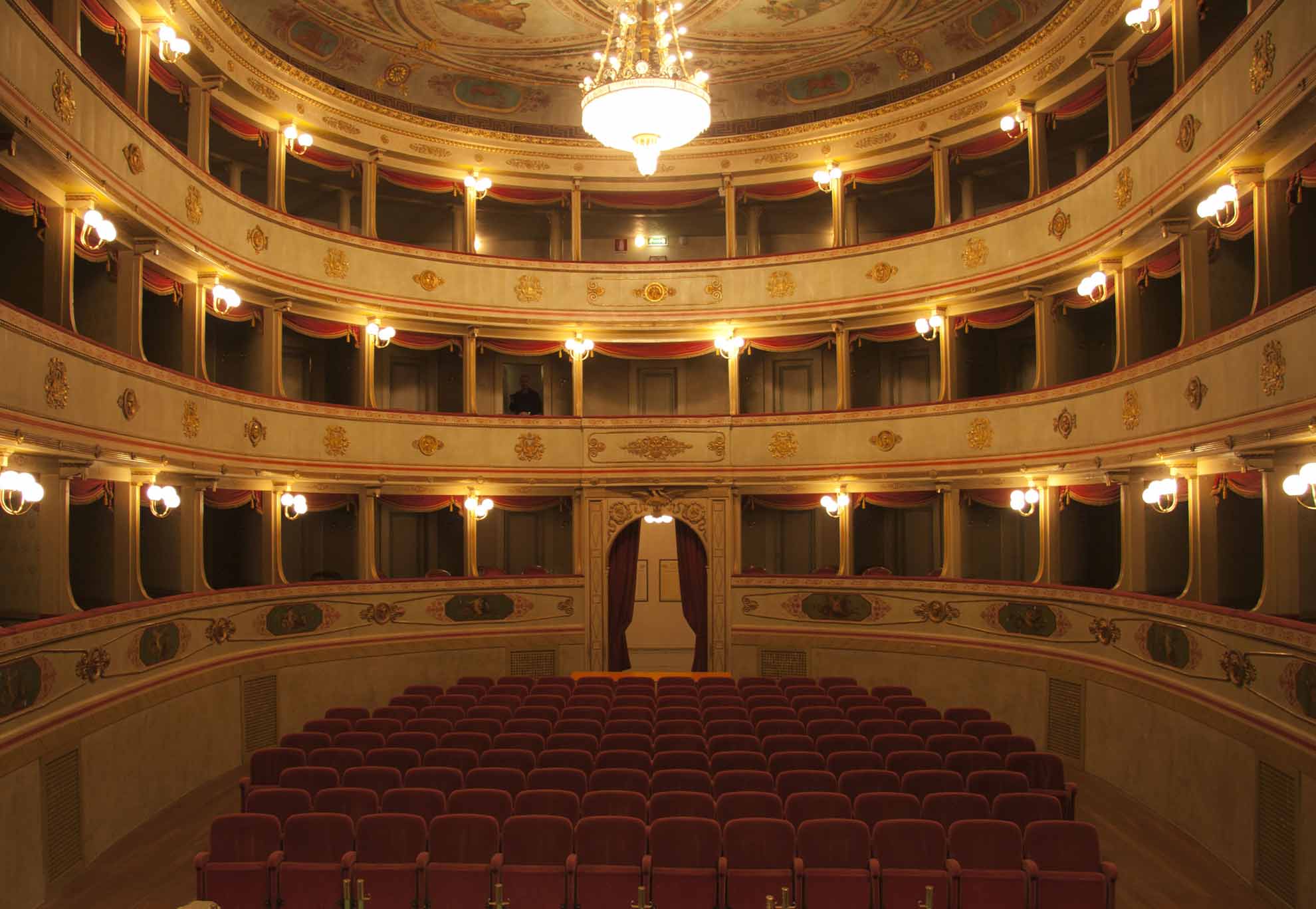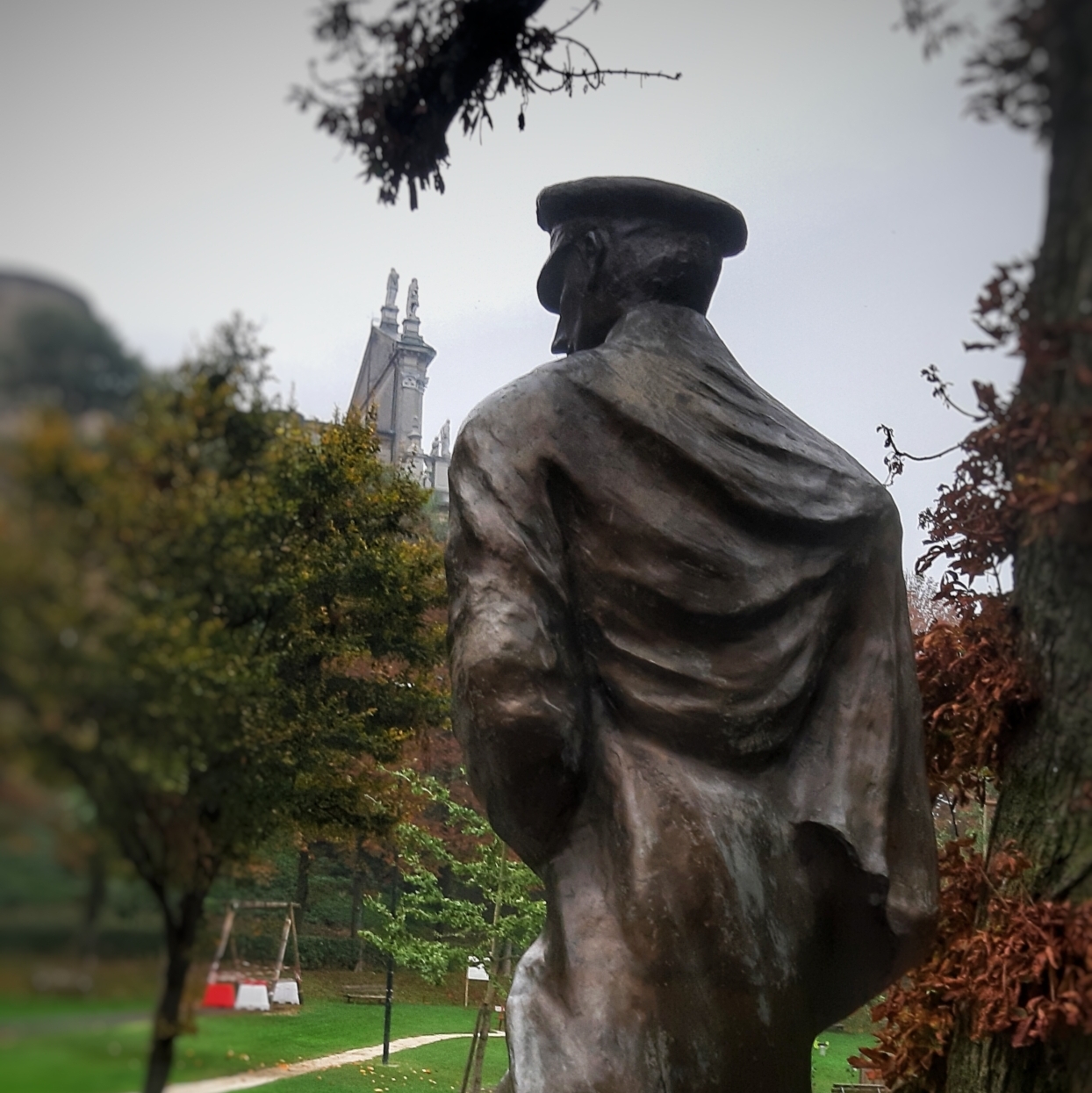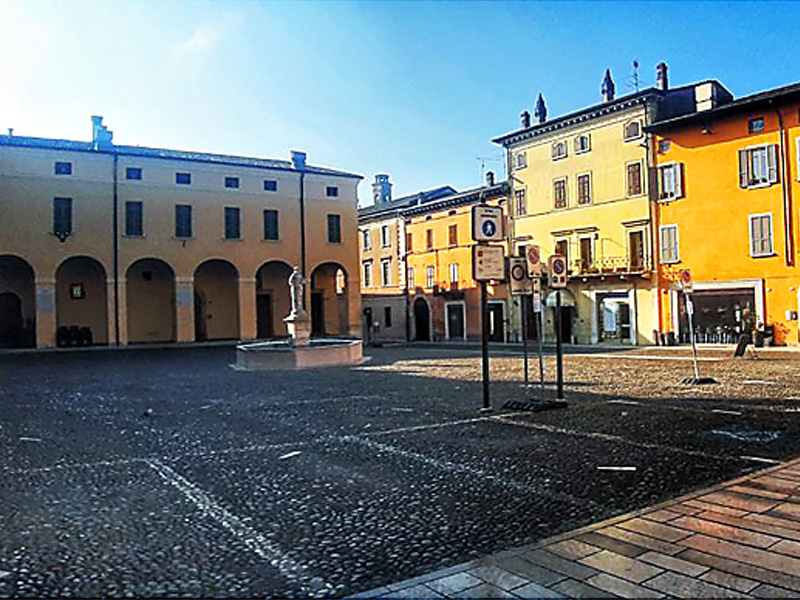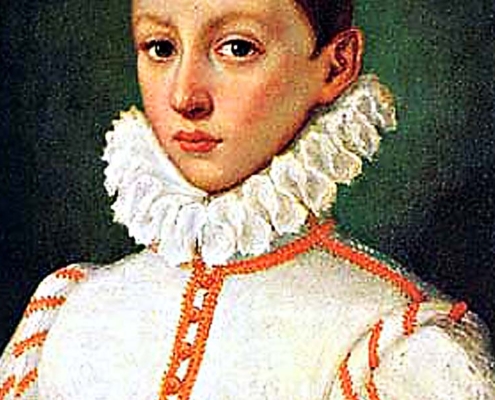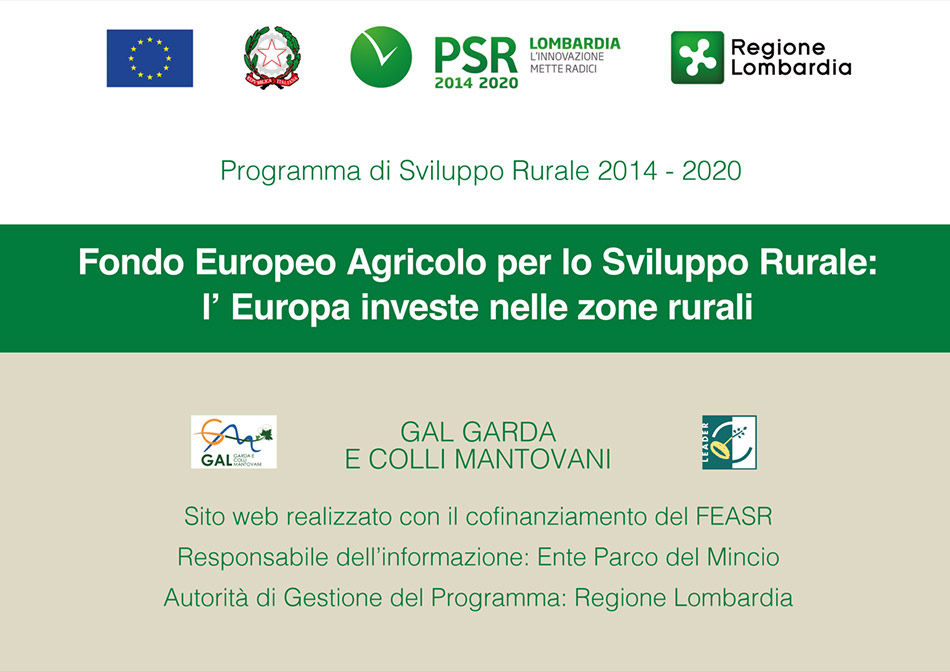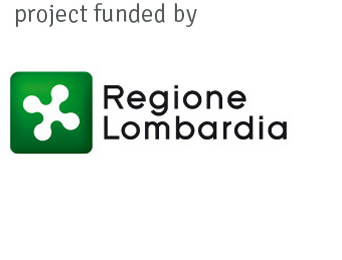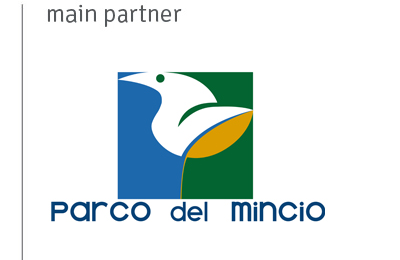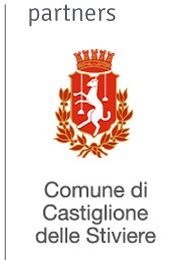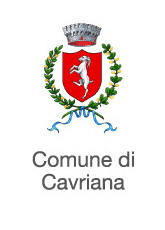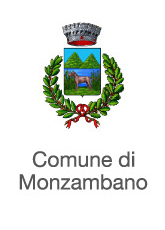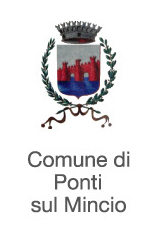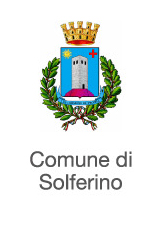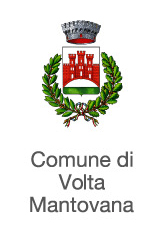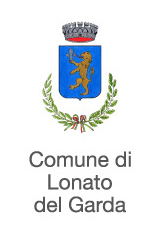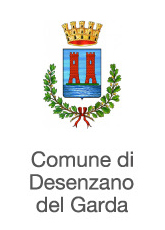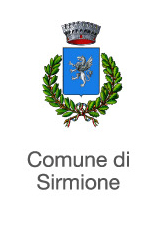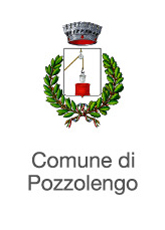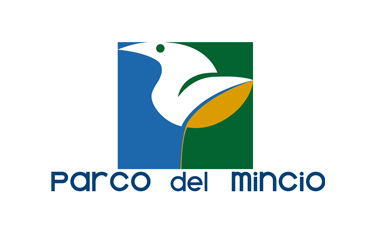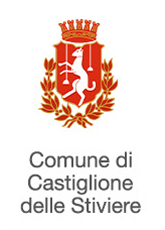![]() – Castiglione delle Stiviere
– Castiglione delle Stiviere
San Luigi Gonzaga
In Castiglione delle Stiviere, during the two and a half centuries of domination by the Gonzaga family, Luigi Gonzaga was born, who earned the proclamation as a saint in 1726. Today San Luigi Gonzaga is the universal patron saint of youth and is celebrated on June 21st .
Luigi was born in the family castle of Castiglione delle Stiviere on 9 March 1568 and was baptized on 20 April of the same year. He is the first of seven children born from the marriage between the Marquis Ferrante Gonzaga, in the service of King Philip II of Spain, and Marta of the Tana counts of Chieri (Turin), heir to the title and naturally with a future as a soldier. Therefore his father took him into the ranks as a child. Then his stays in various courts and his studies began.
In 1580, at the age of twelve, Luigi received his first Communion from the hands of Saint Carlo Borromeo. In 1581 he goes to Madrid for two years, as a court page and student. A famous portrait of him is from this era. The author is the great El Greco, who shows the authentic Luigi (like few other portraits of his), and very different from the fragile crybaby depicted later by so much hearsay painting, misled by the clumsy fervor of orators and biographers: unfortunately his austerity of life (which he contrasted with the moral weakness of the big world) will, for a long time, be presented as a sort of obsessive aversion towards women. In Spain, Luigi is a brilliant student of literature, science and philosophy and holds the traditional university dissertation; together, he read spiritual texts and missionary reports, concentrated on prayer, decided to become a Jesuit and – despite his father’s opposition – at 17 he entered the novitiate of the Society of Jesus in Rome, where he studied theology and philosophy. In 1589 (at the age of 21) they sent him to Castiglione delle Stiviere to make peace between his brother Rodolfo (to whom he ceded his rights as firstborn) and the Duke of Mantua. Objective achieved: Luigi is also doing well in politics, even if his health is fragile (and the severe penances certainly don’t help him). On his return to Rome, a mysterious signal announces his near death. It’s time to break away from many things. But not from the suffering of others; not from the fight to defend them. In 1590/91 a set of infectious diseases spread death throughout Rome, killing three Popes one after the other (Sixtus V, Urban VII, Gregory XIV) and thousands of people in 15 months. Camillo de Lellis and some brothers fought against the massacre, as did Luigi Gonzaga. But since he too has been ill for some time, he is ordered to focus on non-contagious cases. But he, having found an abandoned plague victim on the street, puts him on his shoulder and takes him to the hospital, taking it upon himself to treat him. Then he returns home and dies a few days later, at 23 years old. “In a touching letter, on June 10, he took leave of his mother.”
Good to know


